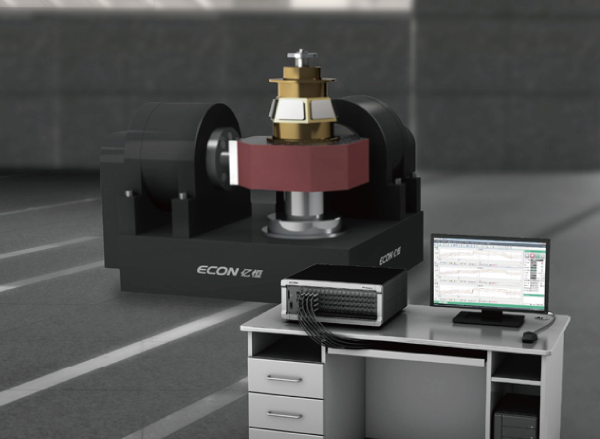Multi-Channel Vibration Controller
“MIMO”
Up to 136 channels / per unit
Up to 16 drive channels
Multi-controller that enables multiple inputs and outputs
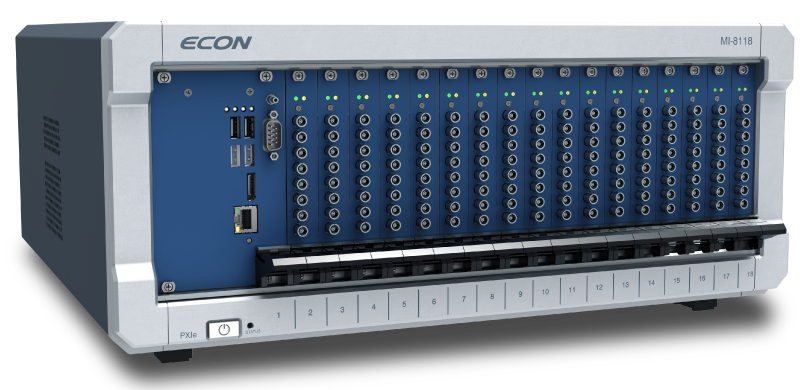
The MIMO vibration controller uses multi-DSP parallel processing technology and distributed modular design to control various vibration modes. It combines matrix decoupling, diagonal-first matrix compensation, partial coherence techniques, and complex heterodyne methods. Over 20 years, advanced technologies have been developed for vibration control technologies like MIMO sine wave, random, classic shock, transient shock, and road simulation. MIMO vibration controllers are suitable for controlling electric and tric/hydraulic vibration tables, with output drive and input acquisition modules available for up to 16 drive channels and 136 input channel arrangements.
Full control and auxiliary functions for signals in multi-input, multi-output vibration tests improve test accuracy.
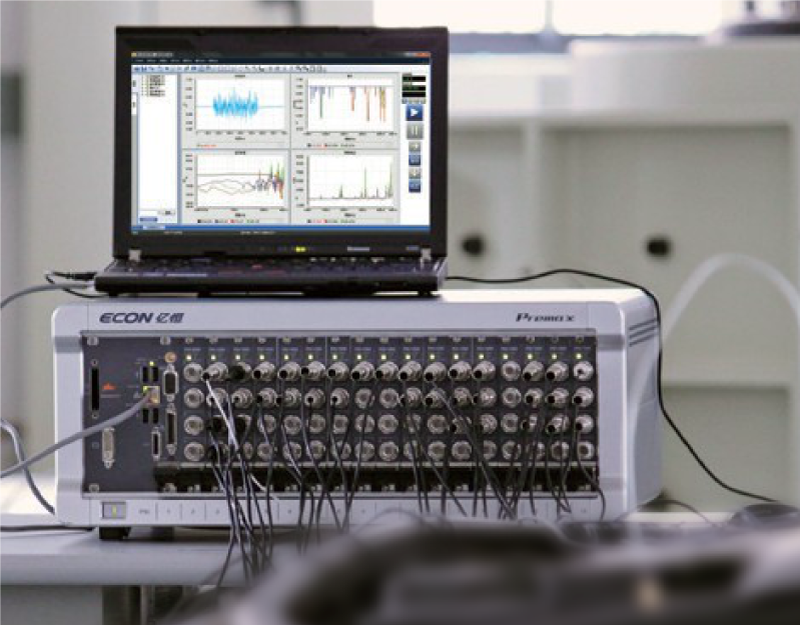
-
Features
・Adaptive matrix control
・Sine wave test uses segmentation identification technology, resulting in high identification accuracy
・Network cable connection has a PXI bus structure and can be disconnected and reconnected without data loss, making it highly reliable
・The software runs on Windows and is easy to operate using the GUI shaking table limit, emergency stop button, etc cable
・High safety features such as open loop detection, effective value cutoff, limit line excess check, drive limit,
・No special board or driver software required. Testing is possible by simply connecting a computer and network
・Automatically generate test report after test completion
-
Specification
Model MI-8104 MI-8109 MI-8118 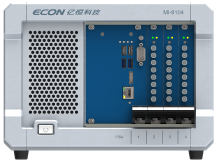


Number of slots 4 9 18 Input channel Up to 24 channels/standalone Up to 64 channels/standalone Up to 136 channels/standalone Multiple cascades reaching thousands of channels Output channel 0 to 16 channels (signal source) Analog filtering Independent analog anti-aliasing filter Digital filtering Independent 160dB/Oct digital filter Voltage range ±10 PEAK Resolution 24bit Dynamic range 120dB Channel matching Phase < 1 degree, amplitude < ±0.05dB (DC~20KHz) Sampling frequency 204.8kHz simultaneous parallel sampling for each channel Coupling DC differential, DC single-ended, AC differential, AC single-ended, IEPE, TEDS (optional)
Applications
Multiple synchronous vibration control
Vibration testing of products with large volume or weight (large machines, boat contacts, automobiles, etc.) cannot be tested using a single excitation because the space and force requirements cannot be met. This requires exciting two or more vibration generators in parallel to perform two or more synchronous vibration control tests.
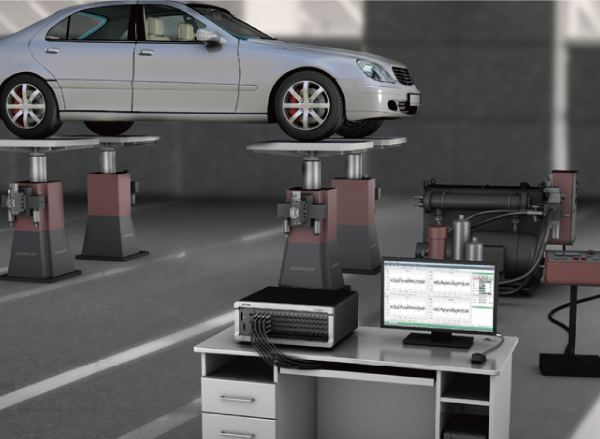
Multiple asynchronous vibration control
In vibration testing of elongated structures (rockets, bridges, etc.), the use of multiple uniaxial asynchronous vibration control makes the vibration load distribution of the test sample more uniform, reasonable and realistic, and can be caused by a single excitation. It reduces stress concentration, reduces the degree of local undertesting or overtesting, and makes fixture design more flexible and convenient.
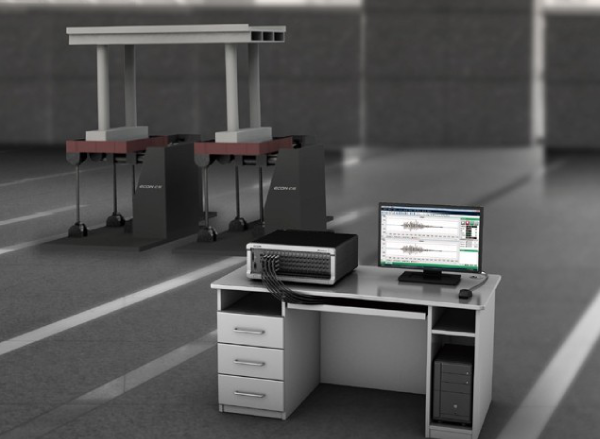
Multi-axis and multi-degree-of-freedom vibration control
For products with complex structures or precision equipment (such as satellites), using uniaxial vibration testing can result in overtesting some parts of the product and undertesting others. It is difficult to quantitatively estimate the extent of overtesting and undertesting. This affects the quantitative assessment of the reliability of the tested products. Multi-axis and multi-degree-of-freedom vibration environment testing can effectively avoid overtesting and undertesting of products during the testing process.
